Pot in a pot in a pot concept.
orchidnick
10 years ago
Featured Answer
Sort by:Oldest
Comments (50)
orchidnick
10 years agophilpet
10 years agoRelated Discussions
Turn Ordinary pots to self watering pots?
Comments (10)I take a gallon can from food, punch some holes in the bottom with a nail, put the lid I removed to open the can over the holes, then fill a plastic bag with water and put it in the can. I have never found a plastic bag that would not leak, but if you do, poke a hole or 2 near the bottom of the bag with a pin so it will leak slowly. If your plants are in large pots like mine are (cut-off plastic barrels, usually), there is room to put one of these in the barrel. It will water your plants for almost a week if the pinholes really are pinholes.. If you want to decrease the amount of water your plants will need, such as during really hot weather, make some kind of simple shade over them before you put the self-waterers to work....See Moreis a crock pot a crock pot a crock pot?
Comments (33)Stew pot is actually closer, Linda. The style we currently call "Dutch oven" is a flat-bottomed kettle with a lid added. And is, of course, with its heavy, heat-holding design, ideal for stewing. Kettles originally were round bottomed (and some had legs), designed primarily to be hung over an open fire; either from a tripod or a crane. They did not have lids. There was a point, measured in gallons, where a kettle became a cauldren, but I misremember it right now. Thirteen comes to mind, but don't take that to the bank. Dutch ovens, of course, had three legs and a deeply recessed lid so you could put coals both under and on top, to provide even, dry heat. They were used on the hearth, not in the firebox. In the first quarter of the 19th century, "portable" cast iron stoves became popular. Initially kettles were still used by removing an eye and setting the pot right in the hole, over the open fire. Eventually they began modifying the pieces, flattening the bottom and adding a domed lid. A chicken fryer has a somewhat different configuration; being relatively wide for it's height (for stability), and with sidewalls that slope more sharply than those of a skillet. Chicken fryers, too, have domed lids; many of which are of the self-basting type. Now, if you really want to know about hearth trivia, ask me nicely and I'll tell you were the term "hob nobbing" comes from....See MorePots Pots Pots! (Some local Japanese maple learnings)
Comments (1)Continued... (He whispered, "This is for pot growers.") Always buying concentrates, diluting them properly. But he did tell me my trees were probably starving. All this brings me to my question. (It wouldn't let me cut out that last sentence in the original post. I had no idea we were limitd. and the way I talk?!?) I am way out of big pots. Does anyone have anything that's 5-7 gallons they don't need? I'll pick up anytime. I can't make the swap, so I'd need to come to you. I guess I should put this into the Wanteds, but I admit I haven't looked to see if this board was translated to Houzz. Thanks very much!!...See MoreFixing potted roots, or when is a potted tree a potted tree
Comments (5)Worst problems with larger trees and shrubs typically date back to when they were small trees. The only difference with the specimen being more advanced is that you have more to work your way back through to look for a tight knot or fist below the crown dating back to when it was left too long in a band or small pot - buying them small only makes the deformed roots easier to expose and see. If the disposition of the roots is too severe you are either stuck with planting it and hoping for the best or giving up on it - I threw out a 35 dollar one gallon weeping Nootka cypress because at planting I found that the ENTIRE root system consisted of what looked like a ponytail hair braid like some women belonging to Jehovah's Witnesses wear. How the grower was even able to get the rootstock to twist around itself like that I cannot imagine. Not only was it coiled but it dipped down and then back up, in a U shape. You only plant in spring because that is when the plants are on the market (in good condition, apart from the usual root issues) or because the plants are tender kinds. Otherwise hardy stock should always be planted in fall, late enough that summer heat and drought has passed or is waning but early enough that the big fall annual root elongation has not occurred. (If the roots have to be operated on to a sufficient extent most of the extending of existing roots in fall may be lost, as only intact roots do this). You can tell if a specimen may be about to do this or already doing it by looking at the top, the setting of winter stem buds at the ends of mature, hardened shoots is what causes the root tips to grow at this time of the year. Spring planting is culturally inferior because the soil has been chilled all winter and summer heat and drought are around the corner. Bare-rooted stock from grower warehouses is only planted in spring because the feeder roots are all dried up and dead, need to be replaced before the specimen is fully functional - fall-planted bare-rooted stock is essentially hardwood cuttings with old roots already present but still needing to be protected from the worst winter conditions. New roots grow in spring in response to the opening of winter stem buds. Both in fall and in spring these buds generate hormones which cause the roots to grow. This is one of multiple reasons you don't want to cut tops back at planting, you are reducing the amount of hormones that will reach the roots....See Moreorchidnick
10 years agophilpet
10 years agoorchidnick
10 years agoarthurm
10 years agoorchidnick
10 years agoorchidnick
10 years agophilpet
10 years agoorchidnick
10 years agoblondy27
10 years agophilpet
10 years agoblondy27
10 years agoblondy27
10 years agoblondy27
10 years agophilpet
10 years agoDarlene (GreenCurls)
10 years agophilpet
10 years agoorchidnick
10 years agowestoh Z6
10 years agoorchid126
10 years agophilpet
10 years agoorchidnick
10 years agoorchidnick
10 years agoorchidnick
10 years agovtandrea
10 years agophilpet
10 years agovtandrea
10 years agowestoh Z6
10 years agoorchidnick
10 years agoallymarie
10 years agoorchidnick
10 years agoorchidnick
10 years agovtandrea
10 years agoshavedmonkey (Harvey in South Fl.)Z10b
9 years agoallymarie
9 years agoallymarie
9 years agoarthurm
9 years agoorchidnick
9 years agoarthurm
9 years agoorchidnick
9 years agolauraeli_
9 years agowestoh Z6
9 years ago
Related Stories
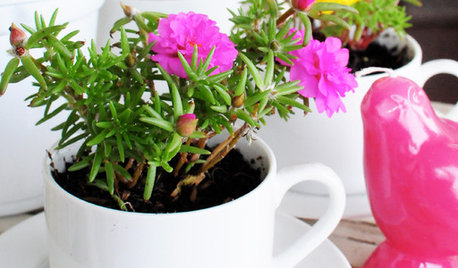
CONTAINER GARDENSDIY Project: Teacup Planter Pots
Add a riot of color to a windowsill, table or balcony by repurposing old cups and saucers as little planter pots
Full Story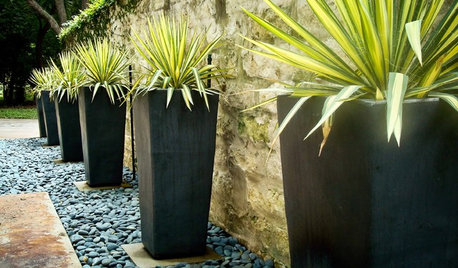
CONTAINER GARDENSWant Compelling Garden Minimalism? Think One Plant, One Pot
Highlight a show-worthy stunner or elevate a pedestrian plant by giving it a solo starring role in the garden
Full Story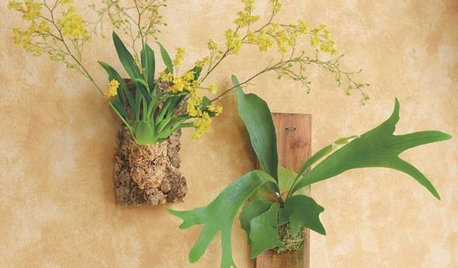
PRODUCT PICKSGuest Picks: 20 Uncommonly Attractive Pots and Planters
Cultivate some personality indoors with plant containers that are as unique as the greenery they hold
Full Story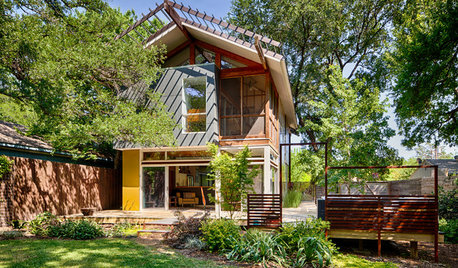
HOUZZ TOURSHouzz Tour: A Modern Garden Pavilion Sprouts Up on an Ex–Pot Farm
This compact Dallas house now connects to its leafy surroundings in a gorgeously irreproachable way
Full Story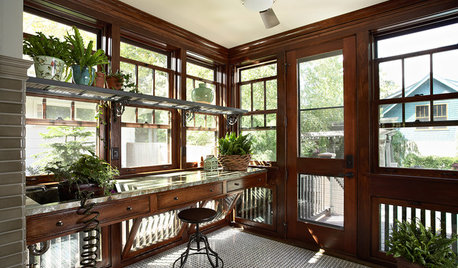
WINTER GARDENINGWinter Gardening: Ideas for a Dream Potting Room
Check out potting rooms that get indoor gardening right — and learn tips for creating your own
Full Story
STUDIOS AND WORKSHOPSRoom of the Day: Potting and Puttering in Toasty Warmth
Minnesota winters are no match for this heated potting room, mudroom and changing room, which even has a dog shower
Full Story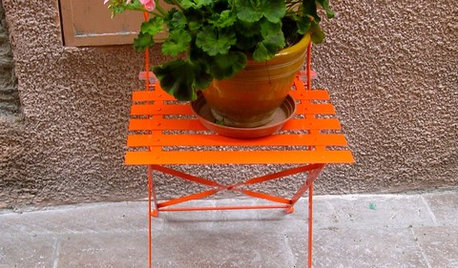
GARDENING AND LANDSCAPINGPotted Plants Perk Up the Streets of Coastal France
Dotting a stairway or perched on a café table, plants in colorful pots and vibrant flowers make a picturesque scene in a town on the coast
Full Story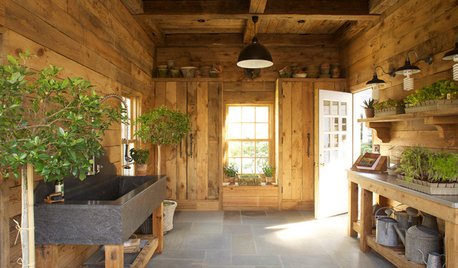
SHOP HOUZZShop Houzz: Prep Your Potting Shed
Create a workspace for every season with a potting bench, storage and garden decor
Full Story0

GARDENING AND LANDSCAPINGGet the Dirt on Potting Benches
Possibly a gardener's best friend, potting benches have some surprising uses both outdoors and inside the home
Full Story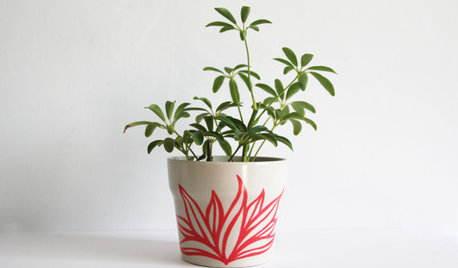
PRODUCT PICKSGuest Picks: Playful Planters and Pots
Get planting this season using pretty pots that move from indoors to outside with ease
Full StorySponsored
Your Custom Bath Designers & Remodelers in Columbus I 10X Best Houzz



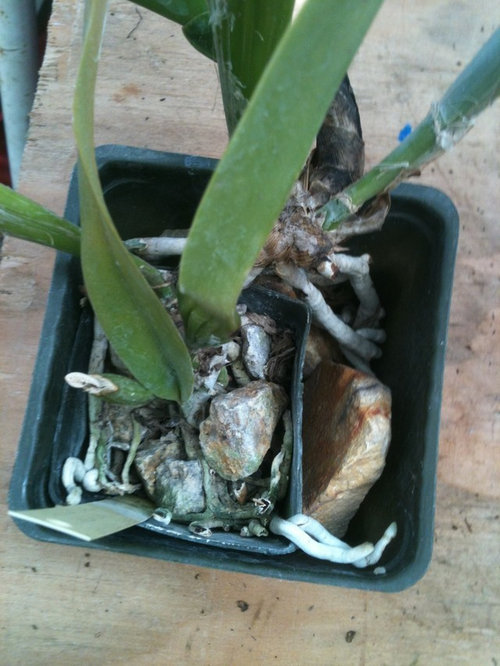
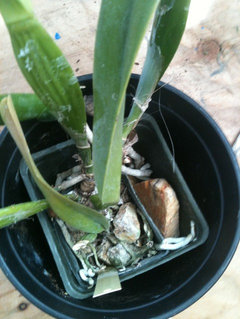
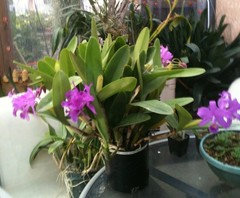
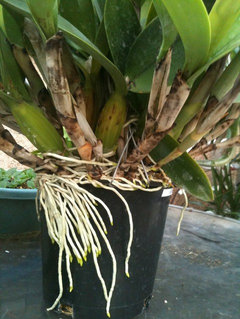
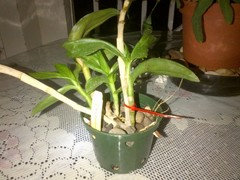

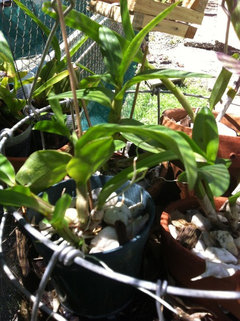


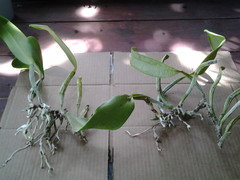




westoh Z6